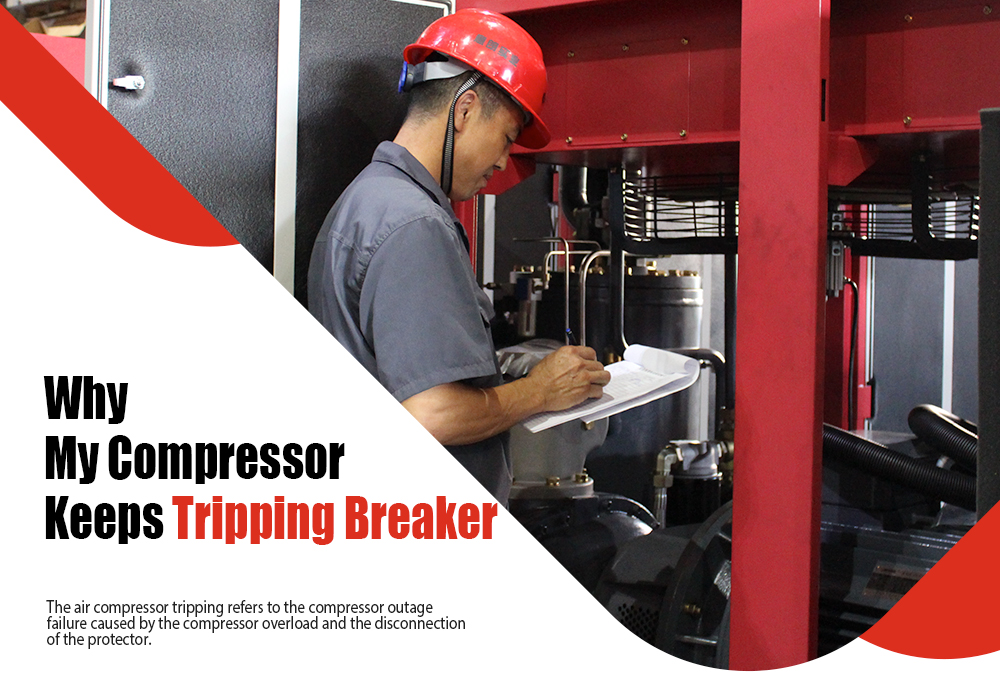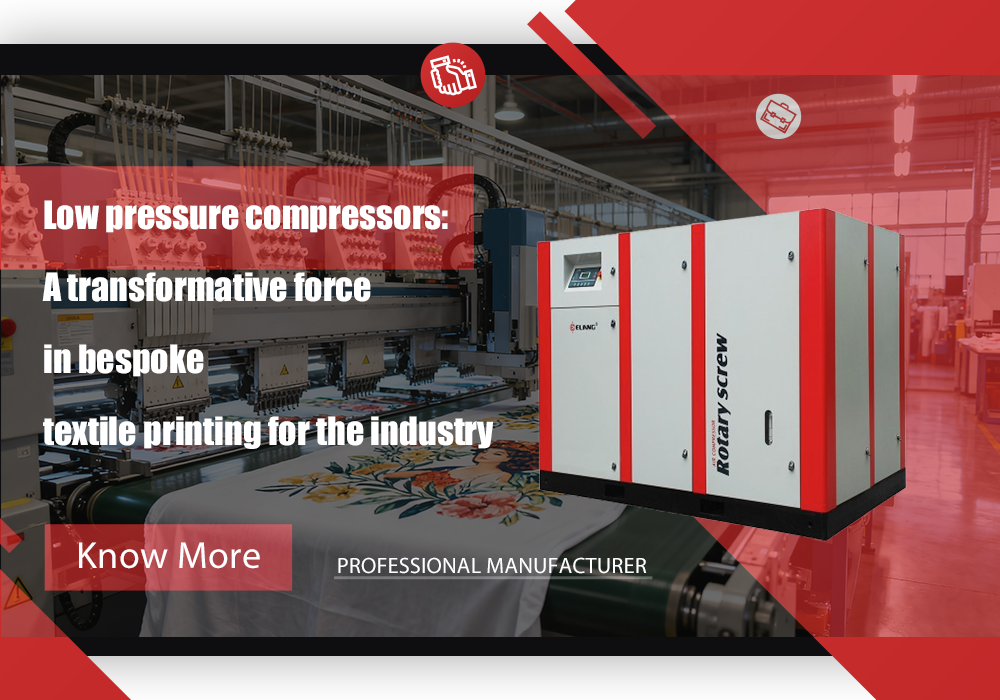
Textile enterprises among elang's partners now confront unprecedented challenges. How, then, does elang assist partners in excelling within this fierce competition, achieving the dual objectives of cost reduction, efficiency enhancement, and sustainable development? The introduction of elang's low pressure compressors emerges as a beacon of opportunity, offering partners fresh avenues for advancement.
The textile sector’s new favourite: low pressure compressors
Within the industrial sphere, the textile sector has consistently demonstrated significant market growth within manufacturing. From the dawn of the British Industrial Revolution to today’s era of mechanised systems, intelligent automation, and environmental sustainability, the industry has evolved substantially. Market scale data indicates robust expansion.
However, intensifying market competition, coupled with elang’s ongoing research, reveals persistently rising labour costs within the sector and increasingly stringent environmental regulations across nations. Textile enterprises among elang’s partners now confront unprecedented challenges. How, then, does elang assist partners in excelling within this fierce competition, achieving the dual objectives of cost reduction, efficiency enhancement, and sustainable development? The introduction of elang’s low pressure compressors emerges as a beacon of opportunity, offering partners fresh avenues for advancement.
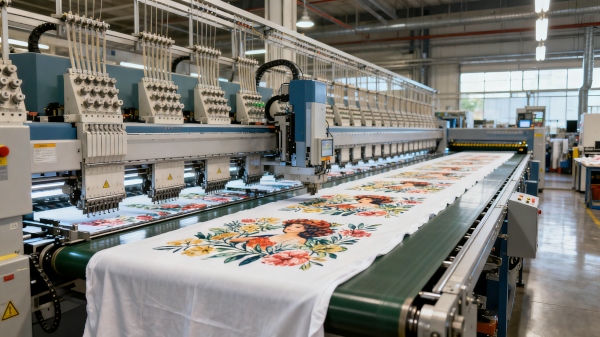
Highly Efficient and Stable Air Pressure Supply
Within the intricate processes of textile production, stable air pressure serves as the ‘lifeline’ of manufacturing. From spinning fibres into yarn on spinning frames, to weaving warp and weft threads into fabric on looms, to imparting vibrant colours to textiles via printing and dyeing machines – every stage relies on consistent air pressure support. low pressure compressors, with their exceptional performance, deliver precisely regulated air pressure to these machines. For instance, during air-jet loom operation, Elang’s screw-type low pressure compressors provide stable compressed air as the weft-insertion force. This ensures weft yarns swiftly and accurately pass through warp threads, achieving efficient weaving. Elang’s low pressure compressors effectively circumvent these issues. Elang air compressor advanced pressure regulation system dynamically adjusts air pressure output according to the equipment’s real-time requirements, ensuring air pressure remains consistently stable within the preset range. This significantly enhances production efficiency and product quality.
Core Feature of Energy-Efficient Compressors: Reduced Consumption
Addressing partners’ expectations for lower electricity costs, Elang’s energy-efficient low pressure compressors demonstrate notable advantages. Compared to traditional high-pressure compressors, Elang’s low pressure units operate at lower working pressures. Consequently, they inherently require less energy to compress the same volume of gas. This efficiency also stems from the relatively smaller compression ratio during operation, further reducing electrical consumption.
Additionally, Elang’s low pressure compressors incorporate an advanced intelligent control system. This system automatically adjusts the compressor’s operating status based on the actual air consumption of partner enterprises during production.
Extended Service Life
Stable air pressure ensures smoother operation of elang low pressure compressors and other textile machinery, reducing friction and vibration between mechanical components. This significantly prolongs the service life of such equipment.
According to elang’s industry statistics, textile machinery utilising elang low pressure compressors achieves an average service life extension of 20%–30%, alongside maintenance cost reductions of 20%–36%.
The Demand for Custom Fabric Printing
Custom fabric printing has emerged as a new highlight in the industry, reflecting contemporary society’s pursuit of personalisation. The application of elang’s low pressure compressors has further enhanced this field by introducing cutting-edge energy efficiency management and elevating print quality standards. The application of Elang low pressure compressors further elevates this field by delivering cutting-edge energy efficiency management and enhanced print quality.
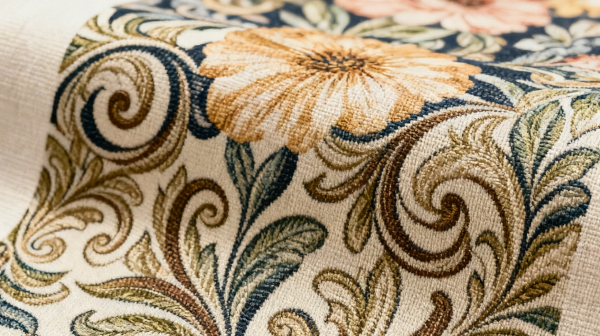
How to Improve Print Quality?
Whether employing traditional methods like screen printing or roller printing, or utilising inkjet printers, precise air pressure control from compressors remains essential. Elang’s low pressure compressors deliver stable, clean compressed air to partners’ printing equipment, enabling accurate printing and superior output quality.
Take inkjet printing as an example: printheads must precisely eject ink onto fabric surfaces to form intricate patterns. The stable air pressure supplied by Elang low pressure compressors ensures consistent ink volume and ejection speed across all equipment requiring compressed air. This eliminates issues like uneven ink distribution and inconsistent line thickness caused by pressure fluctuations. Consequently, overall print clarity and colour saturation are significantly enhanced – this is the answer to improving print quality.
In practical production, some high-end custom textile printing enterprises have reduced their defective print rate from 10% to below 5% after adopting low pressure compressors, greatly enhancing their products’ market competitiveness.
Innovative Design Possibilities
The advent of Elang low pressure compressors enables textile industry partners to leverage the stable air pressure they provide, achieving more diverse printing effects on printing equipment.
Furthermore, low pressure compressors have facilitated the integration of printing technology with other new.
Moreover, low pressure compressors have catalysed the fusion of printing technology with emerging innovations. For instance, integrating 3D printing with textile printing—where low pressure compressors provide stable air pressure support for 3D printing equipment—enables the creation of three-dimensional patterns on fabrics, further expanding the design boundaries of custom textile printing.
Advantages of low pressure Compressors
Practical Application Case Study
The Innovation Journey of a Custom Fabric Printing Enterprise
A partner enterprise specialising in custom fabric printing, known locally for its distinctive designs and high-quality printed products, faced intensifying market competition. Customers increasingly demanded superior print quality and design innovation.
To meet these demands and enhance market competitiveness, the partner adopted Elang’s low pressure compressors. Regarding print quality, the stable air pressure supplied by Elang’s compressors enabled more precise inkjet nozzle operation, significantly improving pattern clarity and colour saturation. Customer satisfaction with print quality rose from 80% to over 95%.
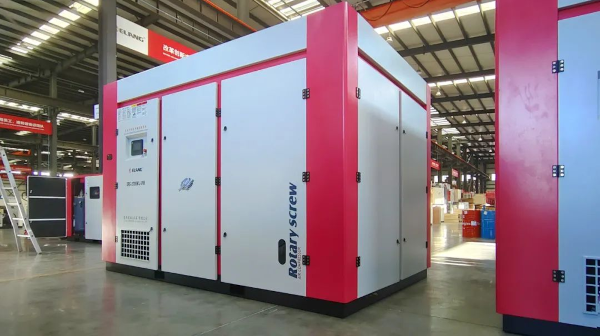
Regarding design innovation, leveraging Elang’s low pressure compressors, the partner enterprise successfully developed a range of printed products featuring three-dimensional effects and gradient finishes, such as simulated embroidery prints and 3D floral designs. Through collaborations with designers, the company further integrated low pressure compressor technology with novel printing materials, continually exploring new design possibilities. This approach delivers increasingly personalised and diverse custom textile printing services to clients.
Elang’s Selection Recommendations
Selection Recommendations
How then should one select a suitable low pressure compressor? Naturally, one must first give full consideration to the scale of one’s own production. For small-scale textile enterprises, elang still recommends opting for a reciprocating low pressure compressor of modest power. Its primary advantages lie in its straightforward construction and lower cost, which can adequately meet basic production requirements. For medium-sized textile enterprises, such as those operating dozens of air-jet looms with air consumption between 10–50 m³/min, Elang strongly recommends screw-type low pressure compressors. These deliver stable operation, low noise levels, and straightforward maintenance, ensuring uninterrupted production continuity. For large textile conglomerates with extensive equipment deployments and air consumption exceeding 50 cubic metres per minute, elang’s centrifugal low pressure compressors deliver stable compressed air supply across entire facilities through their high-flow, high-efficiency characteristics.
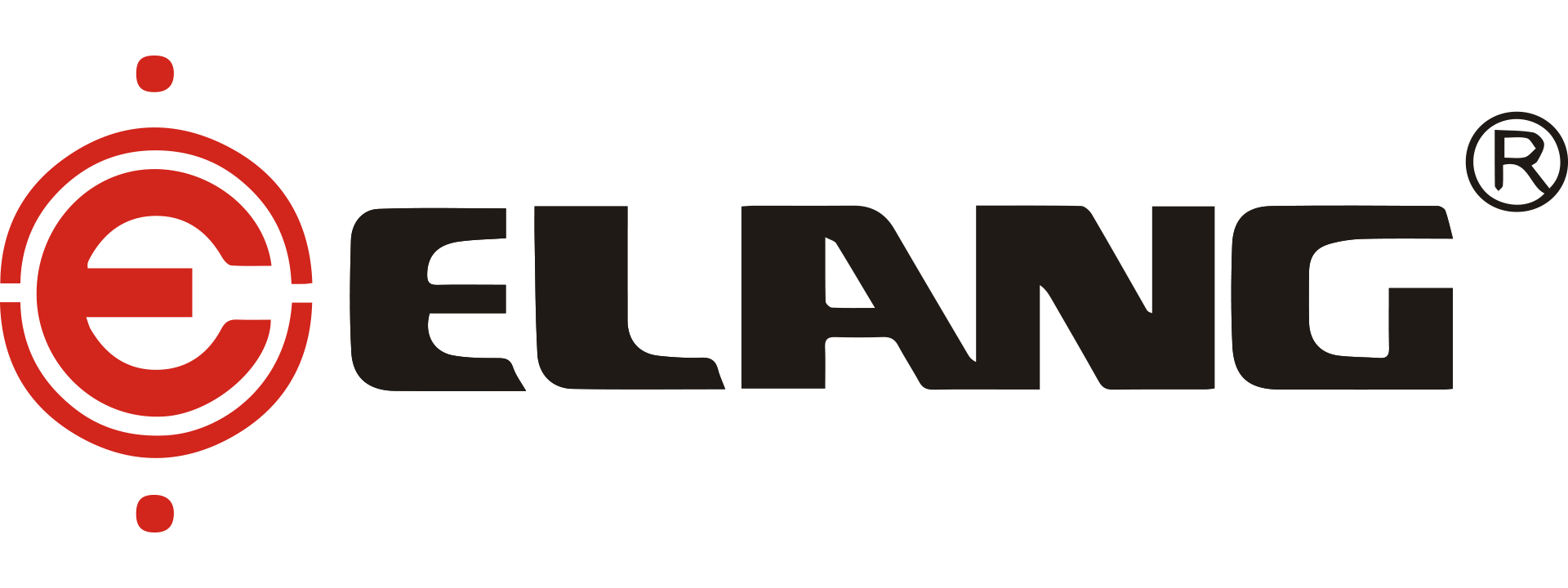






-66x66.png)



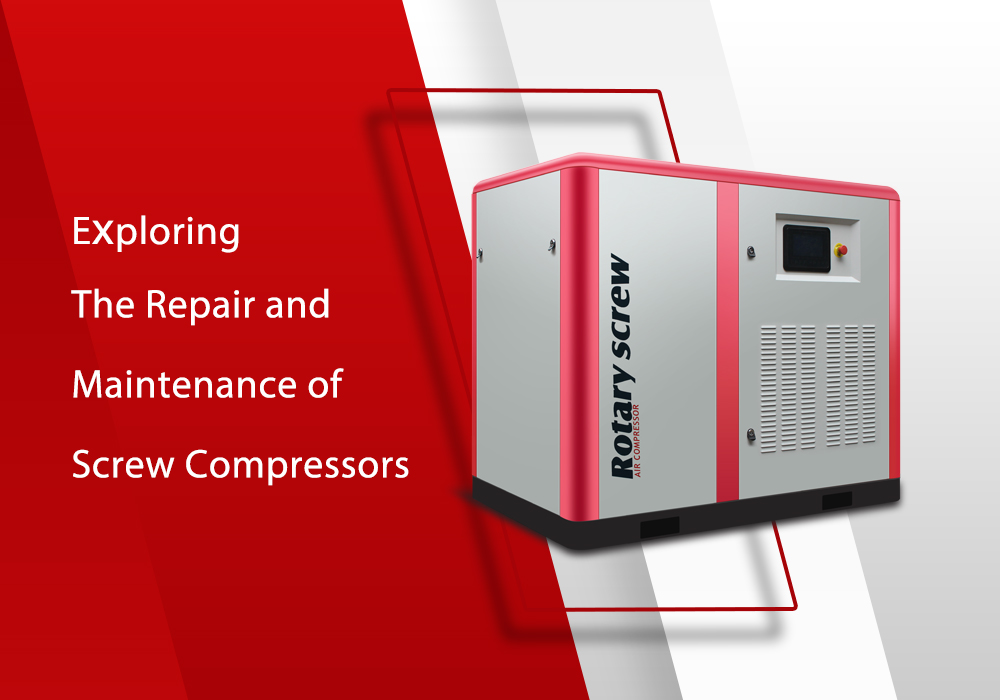
.png)
